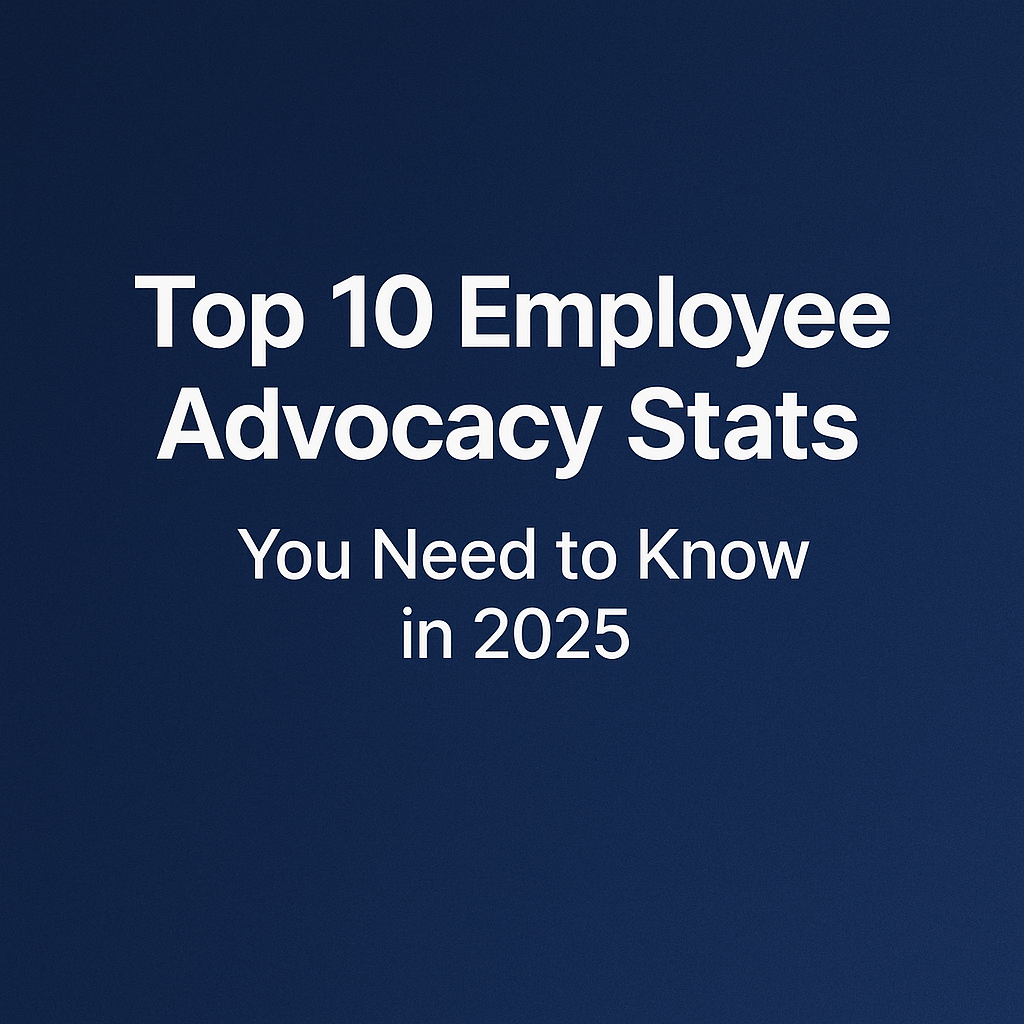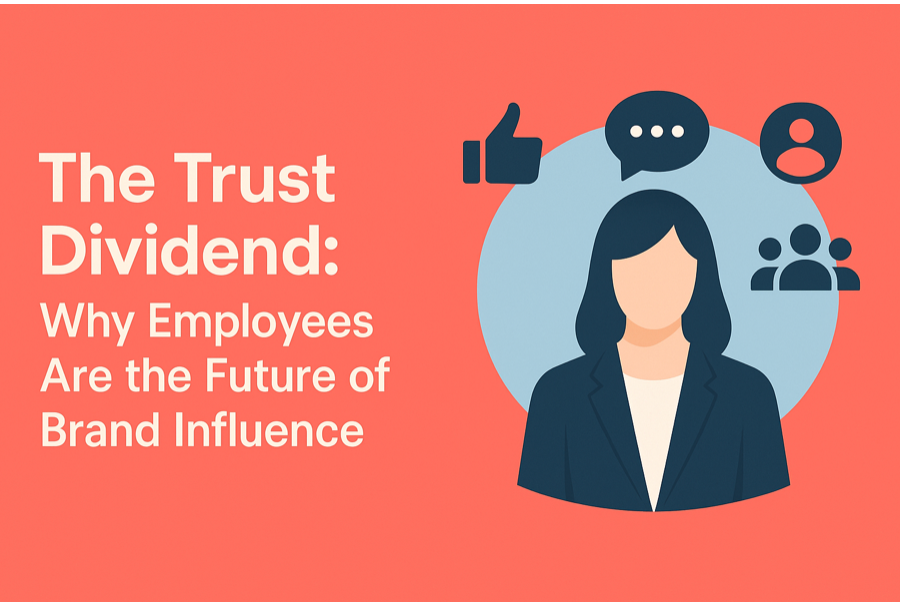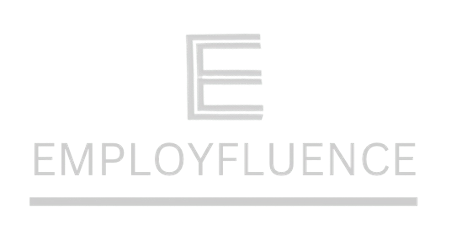Employfluence: Unlocking the Power of Employee Advocacy: Real World Success Stories

In today's digital age, employee advocacy has emerged as a potent strategy for brands aiming to amplify their reach and authenticity. By empowering employees to share their experiences and insights, companies can foster genuine connections that resonate more deeply than traditional marketing methods. Let's delve into some exemplary cases where organizations have harnessed the power of their workforce to elevate their brand presence.
What is Employee Advocacy?
Employee advocacy refers to the promotion of a company by its staff members. This strategy leverages employees' voices to enhance the brand's image, reach, and credibility. Unlike conventional marketing efforts, employee advocacy is rooted in authenticity, as employees share personal experiences and perspectives about their workplace. These narratives often unfold on platforms like LinkedIn, Twitter, and Facebook, where employees engage with their networks to highlight their company's strengths.
Real-World Success Stories
1. IBM: Empowering Employees as Brand Ambassadors
IBM's "IBM Voices" initiative stands as a testament to effective employee advocacy. By providing employees with tools and training to share content about their work and industry insights, IBM ensures that its workforce represents the brand professionally and authentically. This approach not only humanizes the brand but also fosters a culture of trust and engagement.
2. Dell: Gamifying Advocacy
Dell's "Dell Champions" program introduces gamification into employee advocacy. By encouraging employees to share content and rewarding them for their engagement, Dell boosts both participation and brand visibility. This strategy not only amplifies the company's reach but also instills a sense of pride among employees.
3. Starbucks: Cultivating a Partner Culture
At Starbucks, employees are referred to as "partners," reflecting the company's commitment to inclusivity and shared success. This culture encourages staff to share their experiences, fostering authentic connections with customers and enhancing the brand's image.
4. Adobe: Showcasing Employee Creativity
Adobe's "Adobe Life" program celebrates employee creativity by allowing team members to showcase their work and company culture. This initiative not only highlights the talents within the organization but also reinforces Adobe's commitment to innovation and employee satisfaction.
5. Microsoft: Encouraging Thought Leadership
Microsoft empowers its employees to share their professional journeys, positioning them as thought leaders in their respective fields. This strategy enhances the company's reputation and demonstrates its investment in employee growth and development.
Why This Matters for Your Company
All these brands have one thing in common: they made advocacy part of their culture, not just their marketing.
At Employfluence, we help companies replicate this success by offering:
-1:1 coaching to build confidence in content
- Hands-on workshops to align teams
-AI-powered tools
-Strategy audits to identify quick wins and long-term growth
You don’t need to be a tech giant to make advocacy work. You just need to start.
Ready to empower your team? Let’s build your employee advocacy strategy, without adding more work to your plate.
Contact Us
We will get back to you as soon as possible.
Please try again later.



